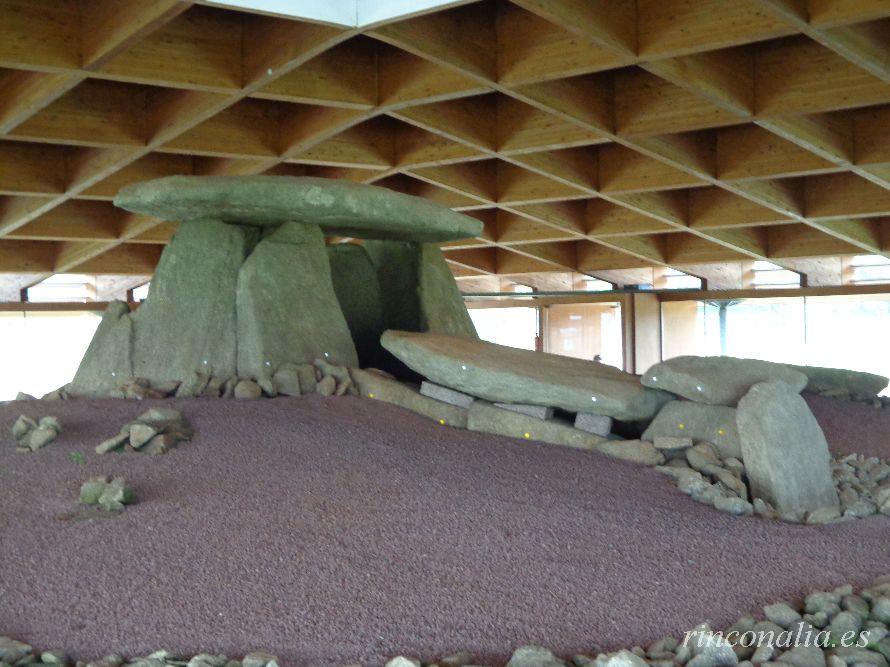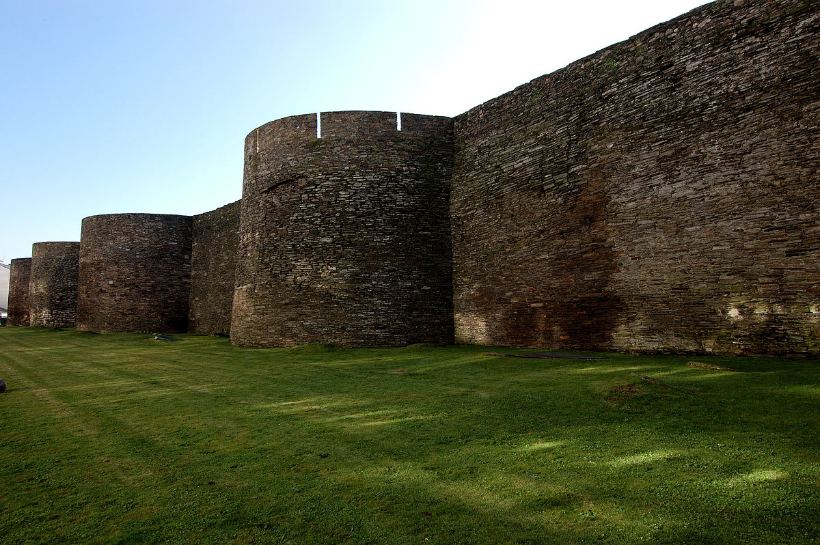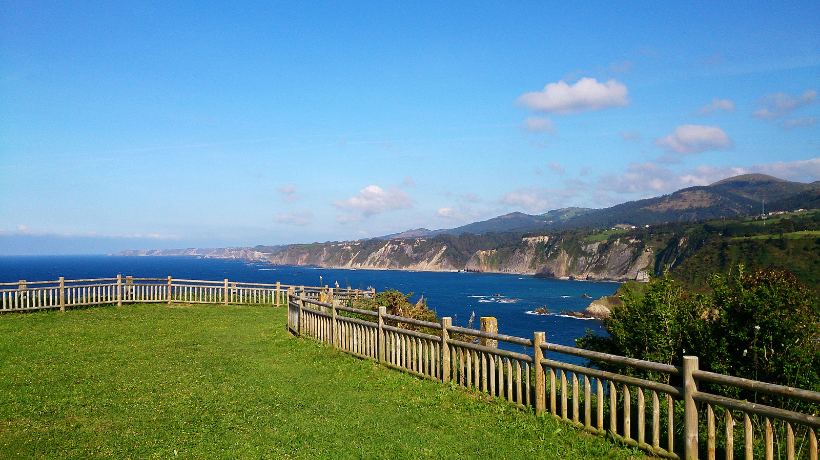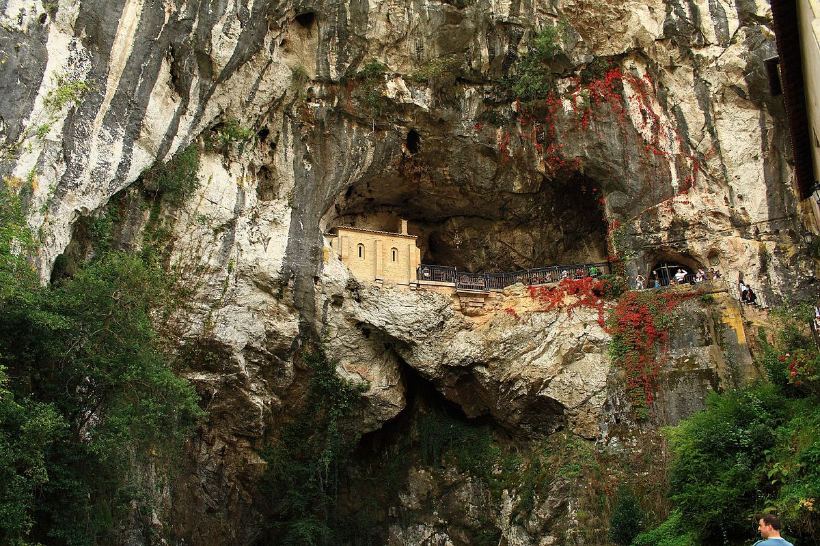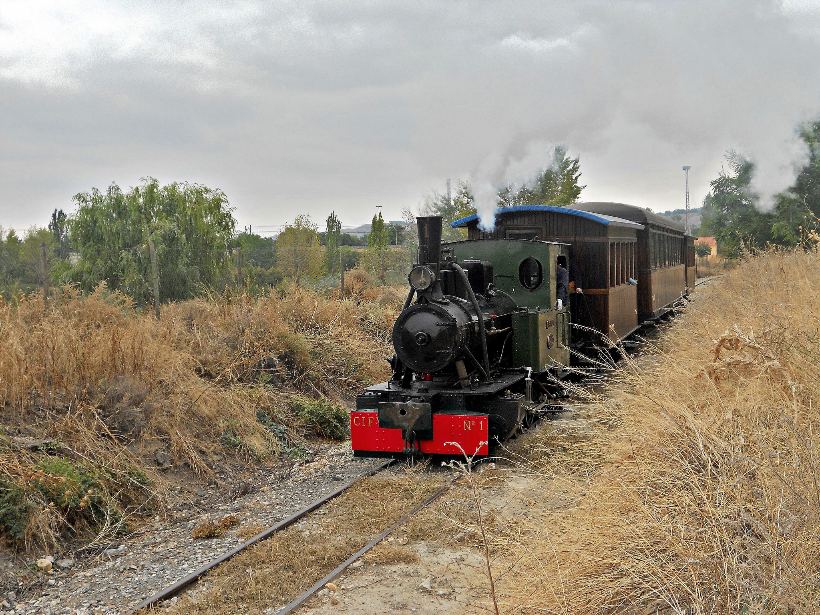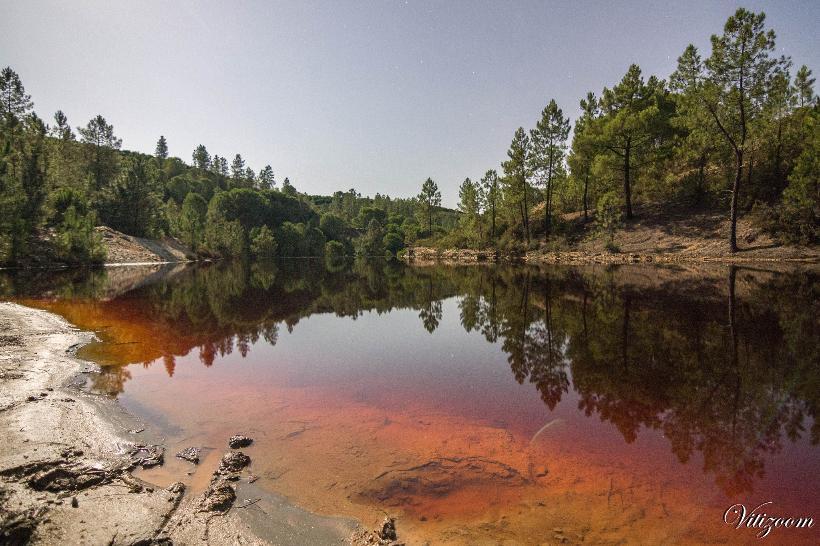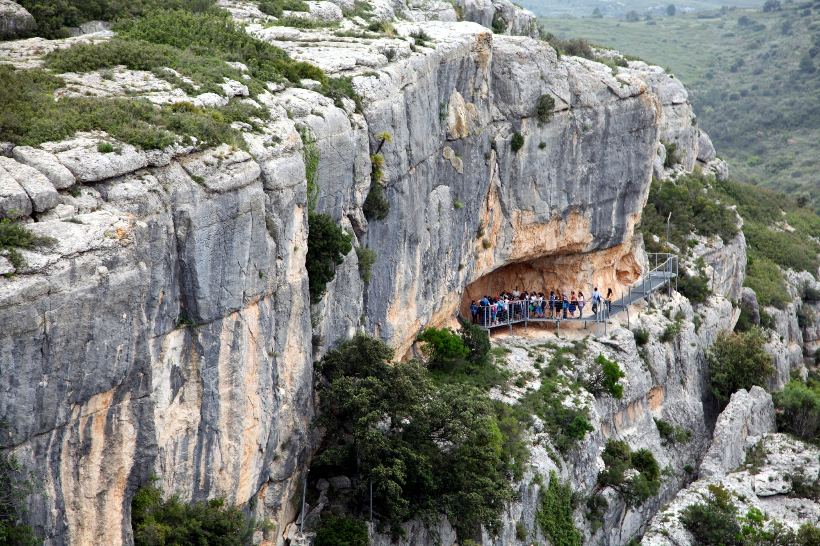The Way of St. James, a historic network of pilgrimage routes that cross the Iberian Peninsula to the Cathedral of Santiago de Compostela, where tradition places the tomb of the Apostle James

.jpg)
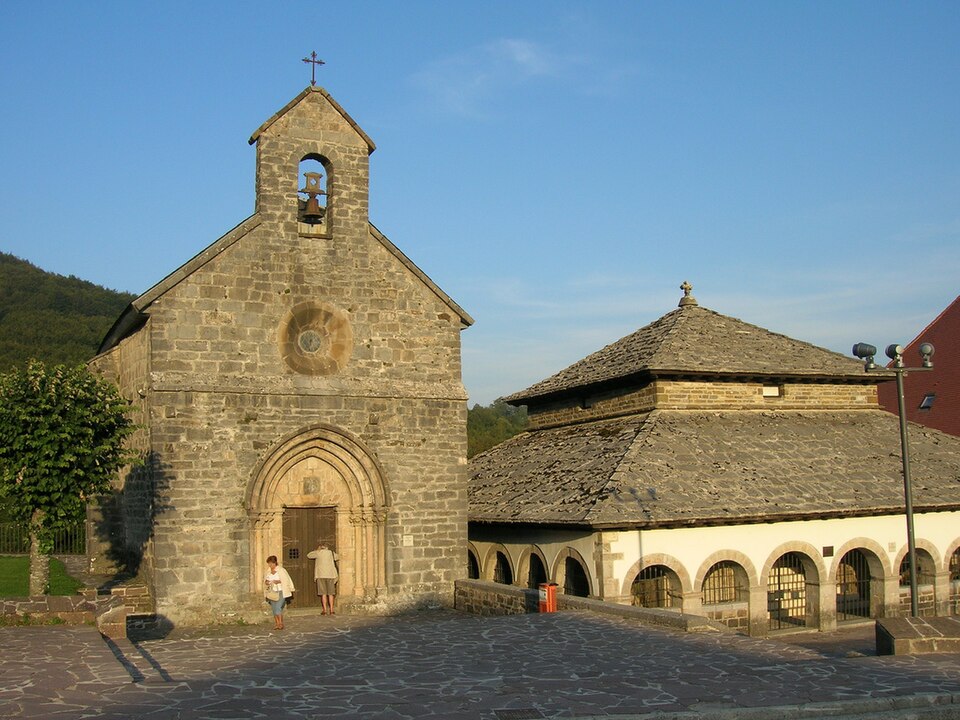
.svg)

Actualizado el
The Way of St. James is a historic network of pilgrimage routes that cross the Iberian Peninsula (and Europe) to the Cathedral of Santiago de Compostela, where tradition places the tomb of the Apostle James. It combines spirituality, culture and nature in an ancient route dotted with villages, cathedrals, bridges and pilgrims’ hostels.
Where is the Way of St. James?
It is not a single trail, but several routes that converge in Galicia. Among the most popular:
- French Way: from Saint-Jean-Pied-de-Port/Roncesvalles through Pamplona, Logroño, Burgos, León and O Cebreiro.
- Portuguese Way: from Lisbon or Porto through Tui, Pontevedra and Padrón.
- Northern Way: along the Cantabrian coast through San Sebastián, Bilbao, Santander and Gijón.
- Primitivo Way: from Oviedo to Lugo and Melide, considered the oldest.
- Via de la Plata: from Seville through Mérida, Salamanca and Zamora.
- Finisterre-Muxía Way: extension from Santiago to the Atlantic coast.
When and how did it begin?
It originated in the Early Middle Ages after the discovery of the apostle’s tomb (9th century). Since then, kings, religious orders and cities built hospitals, bridges and churches, consolidating a pan-European route. The scallop shell and the yellow arrow became its symbols.
Why is it so important?
- Cultural heritage: it brings together Romanesque, Gothic and Baroque art, keeping hospitality traditions alive.
- Personal experience: a physical and spiritual journey that fosters reflection, encounter and self-improvement.
- International network: multiple variants, uniform signage and dedicated services for pilgrims.
What can you see along the route?
- Cathedrals and monasteries: Jaca, Burgos, León, Oviedo, Lugo, Tui and finally the Cathedral of Santiago.
- Diverse landscapes: Pyrenees, Castilian plateau, Rioja vineyards, Galician hills and the Cantabrian coast.
- Civil architecture: medieval bridges, Roman roads, historic quarters and arcaded squares.
- Local gastronomy: stews, octopus, cheeses, wines and monastery sweets.
How is the pilgrimage organized?
Basic recommendations:
- Pilgrim’s credential: stamped along the way; allows access to hostels and the Compostela certificate (minimum 100 km on foot or 200 km by bike to Santiago).
- Stages: average of 20–25 km/day walking; plan according to fitness and terrain.
- Best seasons: spring and autumn offer mild weather and fewer crowds; summer brings more services but also heat and congestion.
- Equipment: light backpack (10% of body weight), hiking boots or shoes, raincoat, sunscreen and basic first aid kit.
- Accommodation: public and private hostels, guesthouses and small hotels available in most stages.
Where to find information on credentials and schedules?
Consult the Pilgrim’s Office in Santiago and the official websites of each route for maps, accommodation, stamps and rules for obtaining the Compostela. There are also associations of friends of the Camino in many cities.
What to see upon arrival in Santiago?
- Cathedral of Santiago: Portico of Glory, embrace of the Apostle and Pilgrim’s Mass.
- Historic center: squares of Obradoiro, Quintana and Praterías.
- Monte do Gozo: classic viewpoint of the last stretch.
- Fisterra and Muxía: extension to the “end of the earth” and the sanctuary of Virxe da Barca.
In short, the Way of St. James is a unique cultural and human experience: centuries-old paths, hospitable villages and the thrill of entering Obradoiro Square after days — or weeks — of pilgrimage.
How to get there
Camino Francés: Es la ruta más tradicional y popular, con unos 800 km de recorrido desde los Pirineos hasta Santiago. Atraviesa comunidades como Aragón, Navarra, La Rioja, Castilla y León y Galicia.
Camino del Norte: Recorre la costa del mar Cantábrico, comenzando en la frontera con Francia y atravesando provincias como Gipuzkoa, Bizkaia, Cantabria y Asturias. Camino Portugués: Sigue el trayecto de las antiguas calzadas romanas y cuenta con varias variantes, incluyendo la que recorre la costa atlántica.
Camino Portugués: Sigue el trayecto de las antiguas calzadas romanas y cuenta con varias variantes, incluyendo la que recorre la costa atlántica.
Decimal: 42.883333°, -8.533333°
DMS: 42°53'00" N, 8°32'00" O
